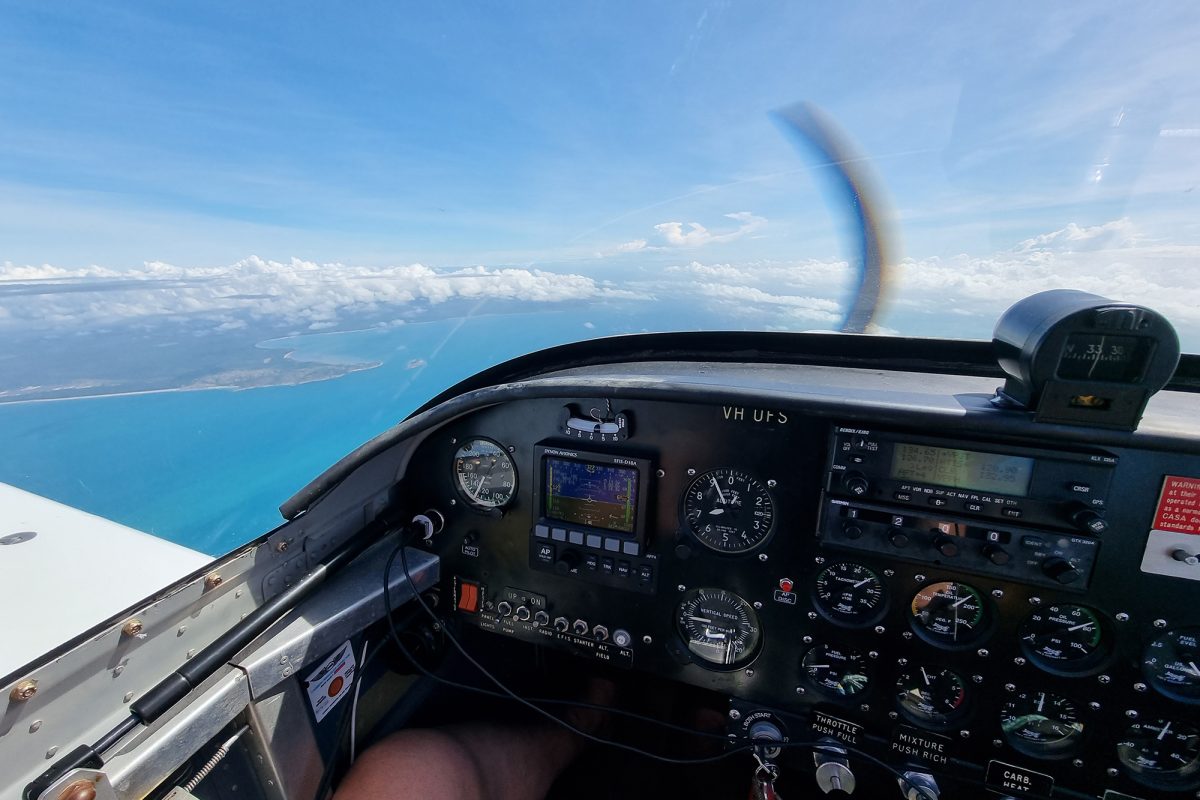THE SCIENCE OF VELOCITY VERSUS SPEED
Some years ago when I was engaged in formulating theories about how the universe operates, a friend versed in science explained to me the immense debt we owe to Sir Isaac Newton in the revelation that velocity is not the same as speed.
While speed is a scalar quantity, velocity is a function of direction, a vector quantity. A body moving in a circle, such as a weight on the end of a string in the hands of a child or an artificial satellite as it circles the Earth, is constantly accelerating because of its constantly changing direction. The acceleration of gravity experienced by the free-falling parachutist (only moderated by air resistance) is a function of the circular motion of the planet.
If I’m driving my car down the freeway at 110km per hour and enter a corner, the speed shown on my speedometer may remain the same but my car’s velocity actually increases. If I’m diving my plane (let’s assume with dive brakes!) at 100 knots and pull the stick back, the ASI may show 100 but the plane’s velocity actually increases substantially, shown by the increased gravitational forces on me and on the aircraft.
Aerobatic pilots use an accelerometer to show the g loads caused by changes of velocity. Founder of the Sydney Aerobatic School, Noel Kruse, believes an accelerometer should be in every aeroplane. His series of free online Flybetter books also deserves the attention of every student pilot.
There’s some sobering reading in a Department of Defence paper published in March 1993 covering 50 years of aircraft accident investigations involving service aircraft. The paper exposes the perils of rolling an aircraft as it’s pulled out of a dive; “The downwards moving aileron increases the bending loads and reduces the nose-up torsion loads while the upwards moving aileron has the opposite effect”. The action may cause the loss of a wing.
A moment’s thought on the definition of velocity brings the realisation that rolling the plane about its longitudinal axis adds a second component to the plane’s acceleration out of a dive (around its horizontal axis). The paper goes on to explain that the “Simultaneous application of elevator and aileron is not a standard design case and should be avoided, particularly at high speed when high g loadings are comparatively easy to achieve. If unavoidable…the pilot needs to be conscious of the fact that the aircraft’s placarded g limits are reduced by some, frequently undefined, amount”.
All of this may have little relevance to pilots of recreational aircraft whose steeds are more likely to stall than to exceed g limits in the hands of a clumsy pilot. However, it provides food for thought for anyone who may need to recover control after turning too steeply some 2,500 ft AGL and nudging Vne in the subsequent dive – something that I experienced some years ago!








